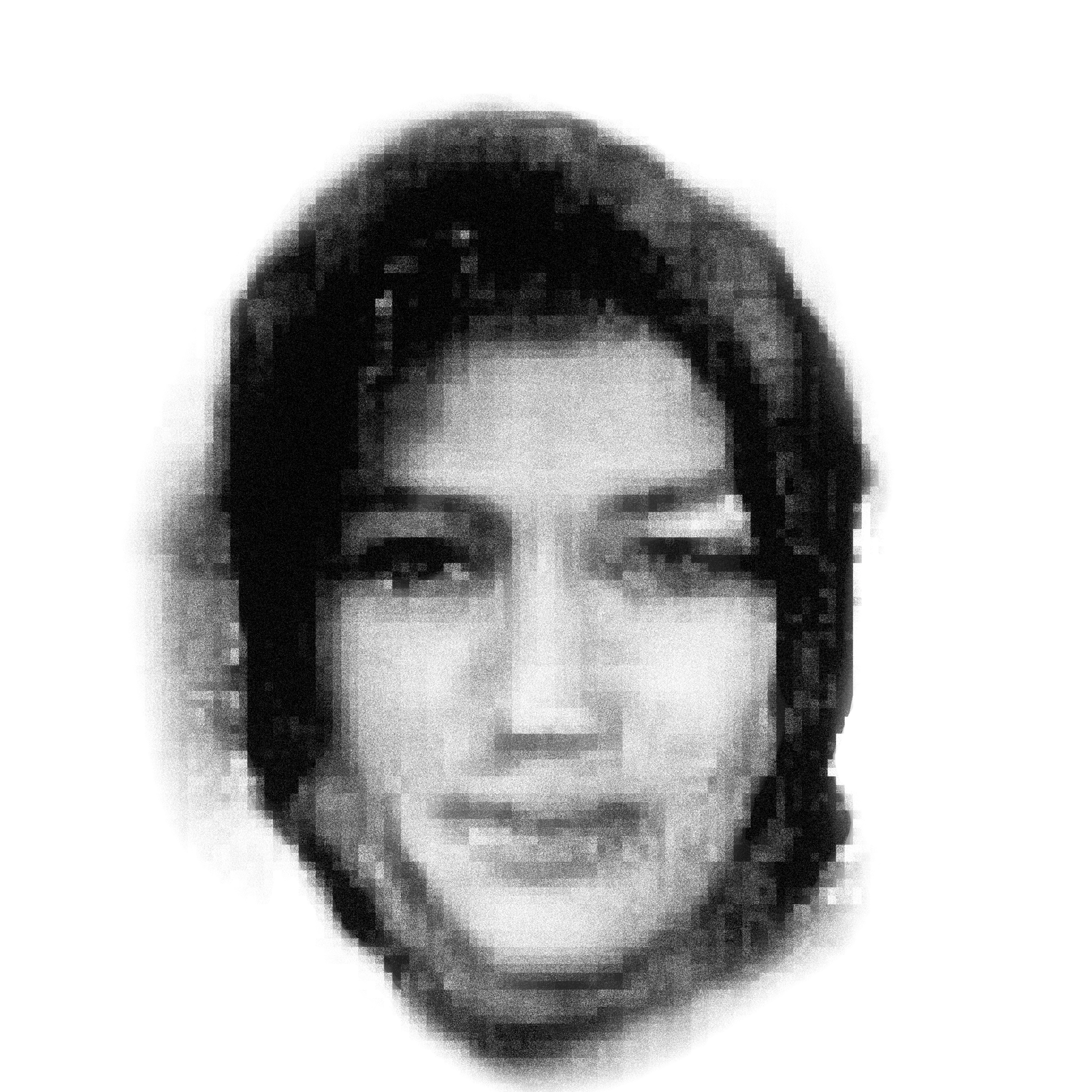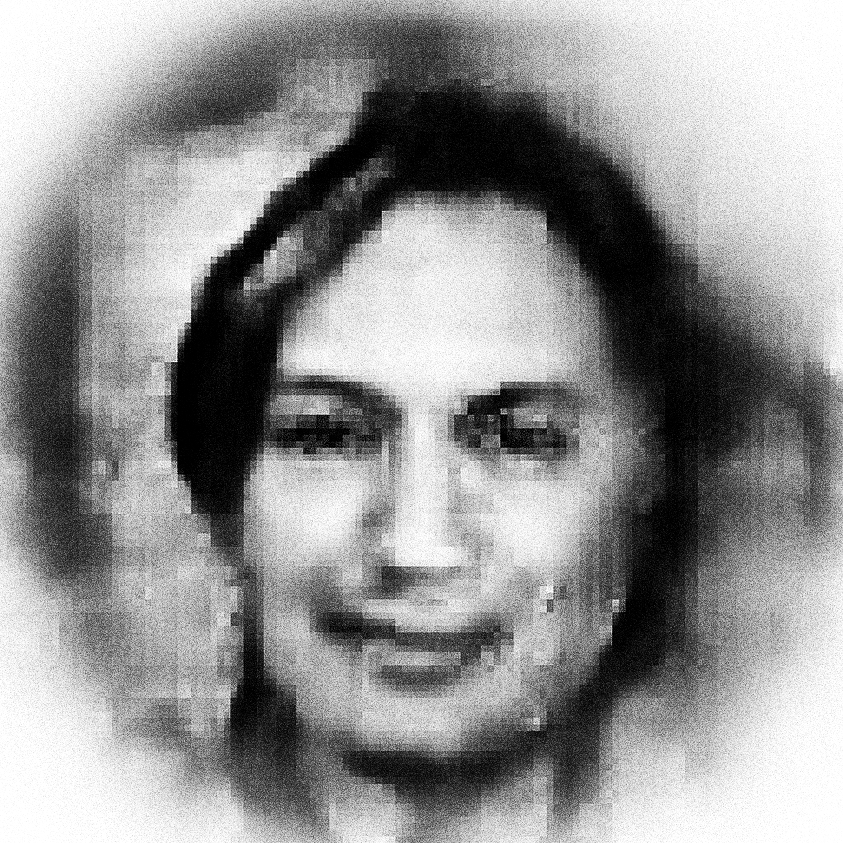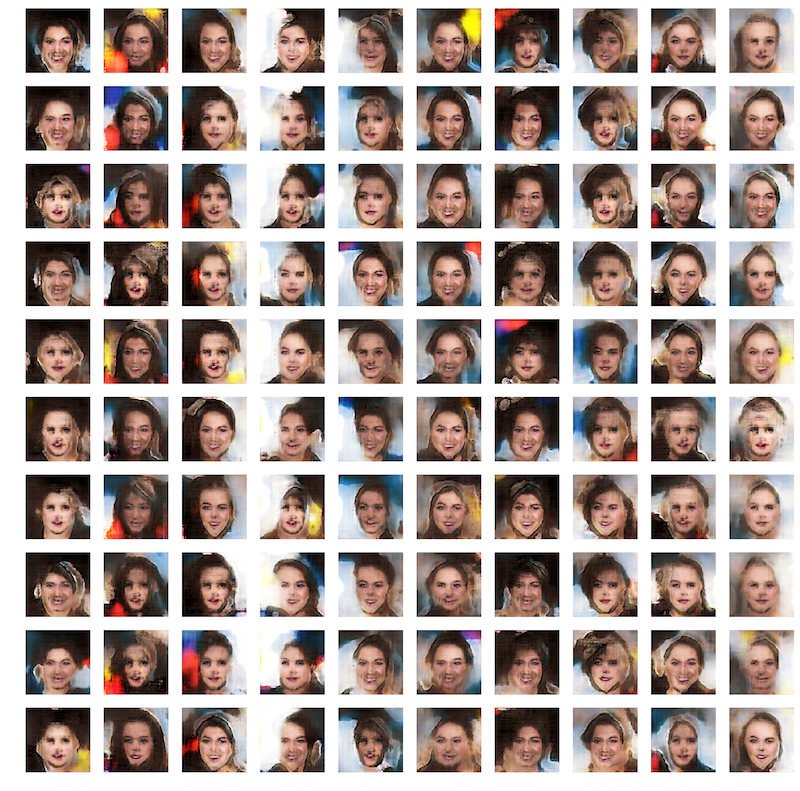Deep Fictions



Deep Fictions utilizes artificial intelligence and natural language processing to generate portraits of characters from famous novels based on their textual descriptions. The project speculates whether our biased imaginations can be modeled, and explores potential blind spots these processes might reveal.
The portraits were created using a Generative Adversarial Network (GAN, specifically an InfoGAN) that was trained on hundreds of thousands of human faces with corresponding descriptive labels. Custom software analyzed thousands of novels in the public domain. For each novel, the software found the main characters in the texts, and then used word embeddings to find the adjectives that most closely describe those characters. These adjectives were then fed into the InfoGAN, generating unique faces based on the characters’ description. The examples shown here are of Dracula from Bram Stoker’s eponymous novel, and Elizabeth Bennet from Jane Austen’s Pride and Prejudice.
Our culture, environments, and biases all help to shape the images we see in our mind’s eye as we read texts — of novel protagonists, for example. We need look no further than Hollywood’s whitewashing of cinema to see often problematic depictions of beloved characters. As AI improves, could generative storytelling help to stretch our imaginations of who we envision in popular narratives?
Through this research, I wanted to explore whether it’s possible to diversify homogenous datasets through generative neural network algorithms, and to examine how such algorithms might reflect on our own imaginations of characters from popular culture.
(For more information about how this project was made, visit https://medium.com/@jstn/thick-fictions-77740d5b81ae)
Year: 2018
